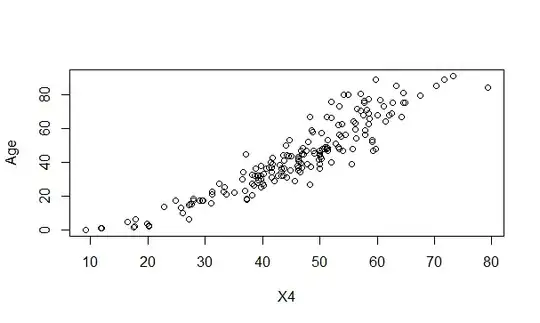I write a small program which calculates a confidence interval for a given norm value. The output is then visualized by plotting the confidence interval and the corresponding hypothetical norm value distribution. The software is supposed to be used for psychodiagnostics when a test provides you with norm values but does not report confidence intervals for them.
I use norm.pdffrom scipy.stats to calculate the y-values of the normal distribution (see this link). norm.pdf takes an array of x-values, a mean and a standard deviation as arguments. The normal distribution curve is then plotted using matplotlib. The software works fine but I am not sure if I use norm.pdf properly according to what I want to achieve.
Let's say I have Person which has a norm value of 60 in Test A (T-values, M = 50, SD = 10) and a norm value of 1 in Test B (z-values, M = 0, SD = 1). On both scales the person's test value is exactly one standard deviation above average. Intuitively I would expect that the y-values (aka. probability densities) would be the same for both test values. Instead the y-values seem to change in relation to the given standard deviation and therefore the y-axis labels. Is this behavior statistically correct or do I make false assumptions about the behavior of the normal distribution?
norm value = 1, M = 1, SD = 1
norm value = 60, M = 50, SD = 10

